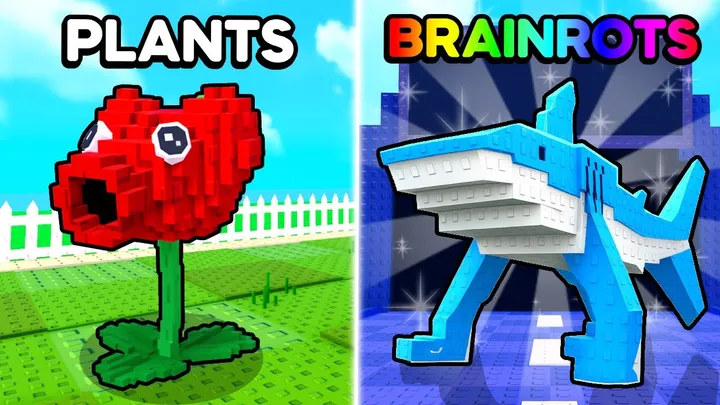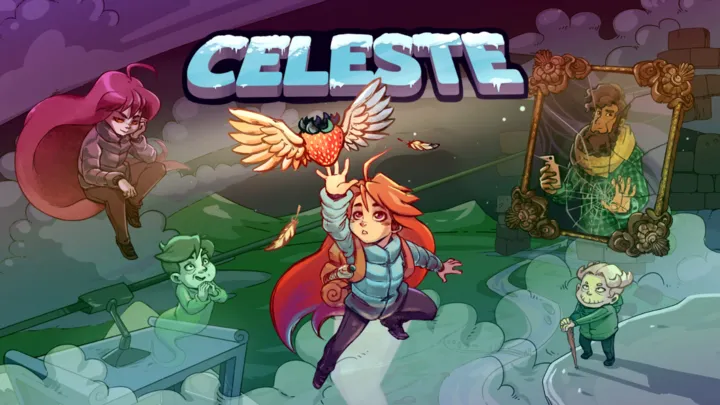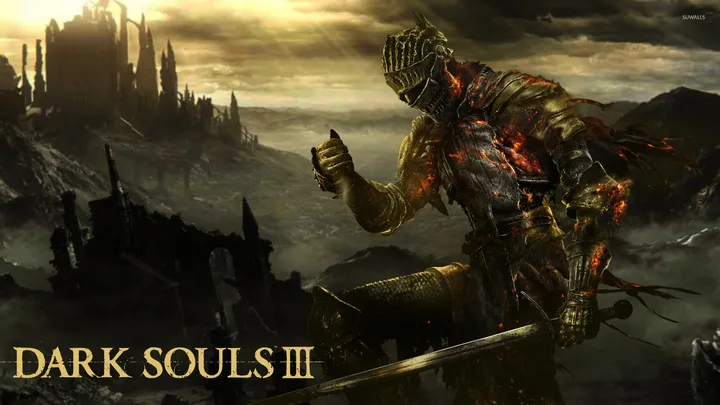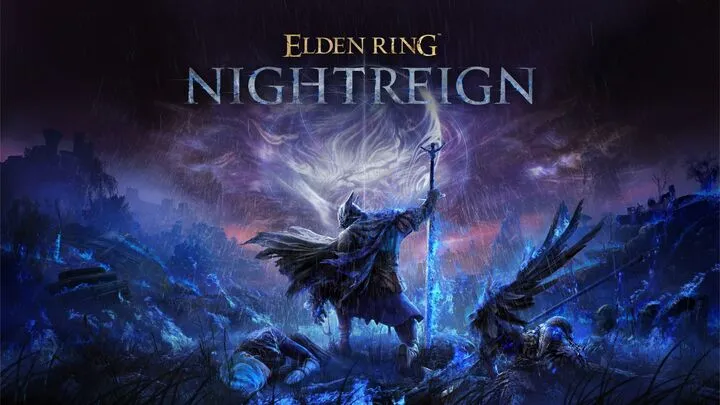Introduction
House of Lost Souls is a horror game that thrives not just on jump scares, but on creating a haunting atmosphere that lingers long after the screen is turned off. Unlike traditional survival horror, this title leans heavily into psychological fear, using silence, shadows, and ambiguity to unsettle players. One particular issue that stands out is how the game manipulates atmosphere to control player emotions. This article will explore that issue in depth, tracing the progression of fear across time, and showing how the game teaches, unsettles, and transforms the player over a full playthrough.
Entering the House for the First Time
The game begins with the player stepping into the House of Lost Souls, a crumbling mansion filled with dust, silence, and echoes. At this early stage, fear is not immediate but anticipatory.
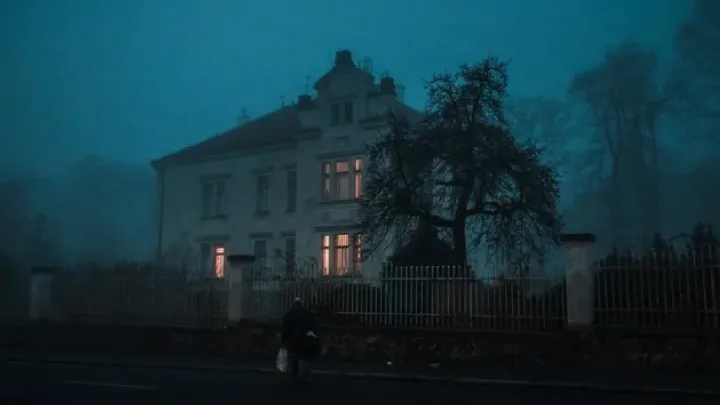
The darkness feels heavy, and the lack of enemies in the opening rooms makes players suspicious. Already, the mind fills in blanks, inventing threats that are not yet present. This psychological trick primes the player for deeper terror later.
The Sound of Silence as a Weapon
Unlike horror games that bombard players with music, House of Lost Souls often removes sound altogether. The silence itself becomes threatening, making players hyper-aware of every creak, whisper, and distant thud.
This manipulation of sound tricks the brain into a constant state of alertness. Even ordinary interactions, like opening a door or moving a chair, become loaded with dread. The silence is never empty—it is always waiting to be broken.
Shadows and the Fear of the Unseen
The lighting in the mansion plays a critical role in shaping atmosphere. Corridors stretch into darkness, and flickering candles create illusions of movement.
Players often swear they see shapes shifting in the corner of their vision, though nothing is there. This deliberate ambiguity taps into primal fears of the unseen predator, forcing players to question their own perception.
Learning the Rules of the House
As players explore further, they begin to notice the house itself seems alive. Hallways rearrange, doors vanish, and rooms appear where none existed before.
This destroys the sense of reliability. Unlike in other games where environments remain stable, House of Lost Souls teaches players that nothing can be trusted. The rules of the space itself are unstable, amplifying feelings of helplessness.
The First Encounter with Spirits
Eventually, the player meets the first lost soul. These spirits are not always hostile, but their presence is overwhelming. They flicker, whisper, and vanish into the walls.
At this stage, the game shifts from fear of nothing to fear of something. The spirits embody sorrow more than rage, and players must decide whether to fear them or help them. This duality deepens the psychological complexity of the game.
Puzzle-Solving Under Pressure
The mansion holds cryptic puzzles, often requiring players to interact with disturbing objects: children’s toys, broken mirrors, or family portraits that seem to change expression.
The puzzles are designed not only to challenge logic but also to erode comfort. Players must focus while feeling watched, their concentration tested against the background of dread. This creates a unique blend of intellectual and emotional stress.
Emotional Breakdown and Player Vulnerability
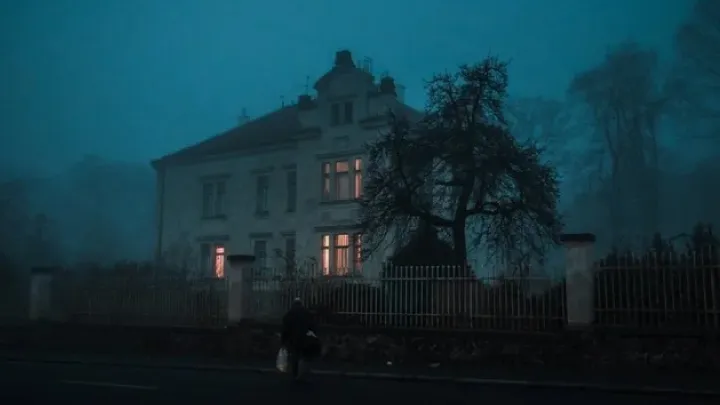
Midway through the game, the atmosphere peaks in intensity. Players have seen enough spirits to feel unsafe but still lack full control of their environment.
This is where the game begins to break down emotional barriers. Fear no longer comes from specific threats, but from the overwhelming sense of being trapped in a space that reacts to the player. Every step feels like it could trigger something irreversible.
Themes of Memory and Regret
As the story unfolds, players realize that the lost souls are tied to unfinished business, regrets, and tragedies. Each spirit encountered is not just an enemy but a reflection of human sorrow.
This revelation changes how players view the atmosphere. The house is no longer just a haunted place—it is a graveyard of memory. Every shadow and silence becomes heavier when linked to real emotion.
The Path to Acceptance of Fear
By the late game, players adapt to the house’s shifting rules. Fear transforms into grim acceptance. The horror is no longer about being startled but about understanding that the house reflects human fragility and despair.
This acceptance does not diminish tension but reframes it. Players now walk with a kind of resigned dread, expecting loss and sorrow rather than fearing sudden danger. It is a different, more mature type of fear.
The Final Revelation and Lasting Impression
The climax of House of Lost Souls ties together its atmospheric mastery with narrative closure. The player learns that fear was never about monsters but about the inevitability of loss and the permanence of memory.
When the house finally releases its hold, players leave not with relief but with reflection. The atmosphere lingers beyond the game itself, proving its success in embedding psychological horror into memory.
Conclusion
House of Lost Souls is not just another horror game; it is a study of atmosphere as a weapon of fear. Through silence, shifting architecture, ambiguous spirits, and themes of sorrow, it unsettles players more deeply than jump scares ever could. By the end, it transforms fear into reflection, showing that horror is not about monsters but about the human experience of loss and uncertainty.
